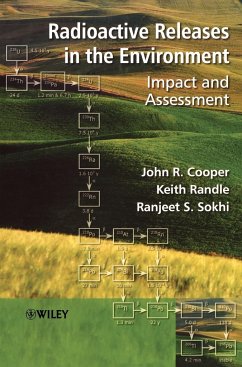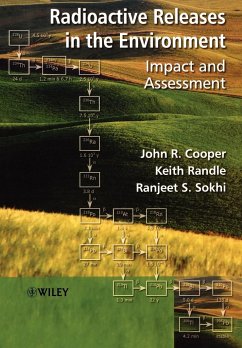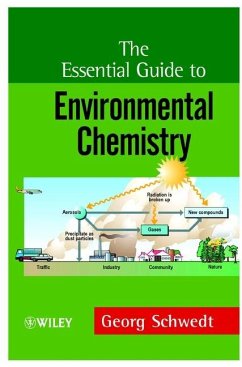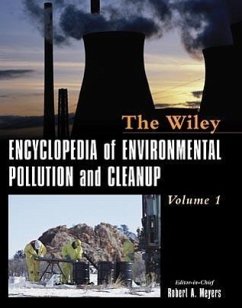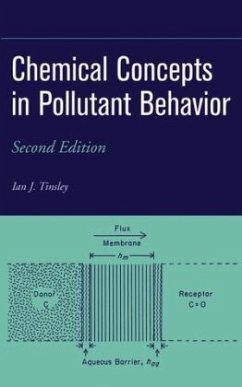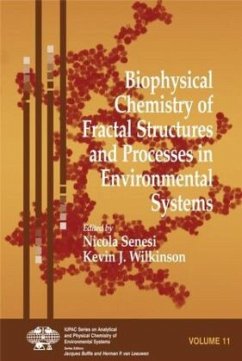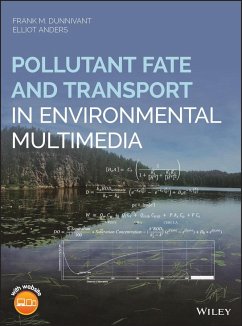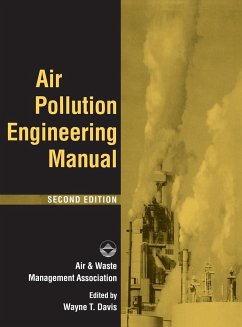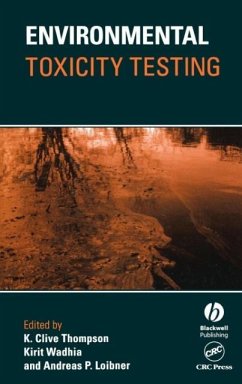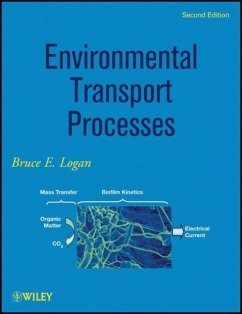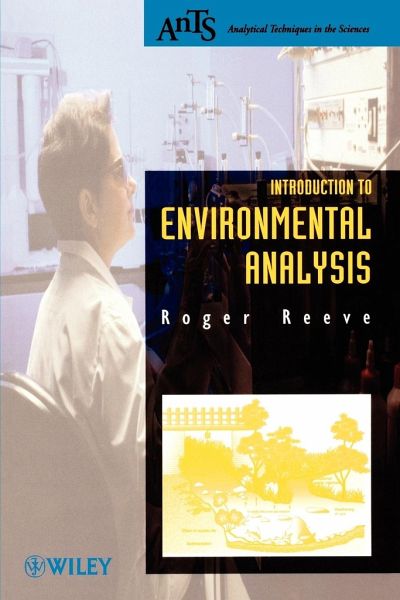
Introduction to Environmental Analysis
Versandkostenfrei!
Versandfertig in über 4 Wochen
138,99 €
inkl. MwSt.

PAYBACK Punkte
69 °P sammeln!
Welche analytischen Verfahren wendet man zur Charakterisierung von Umweltproben an? Antwort auf diese Frage gibt Ihnen der Autor dieses Bandes. Ausführlich erläutert er die umweltspezifischen Einsatzgebiete von Gas- und Flüssigkeitschromatographie, IR-Spektroskopie und Röntgenfluoreszenz bei der Boden-, Wasser- und Luftanalyse sowie beim Monitoring bestimmter Schadstoffe. Mit aktuellsten Informationen zu Strategien der Probennahme und zur Extraktion in fester und flüssiger Phase!



